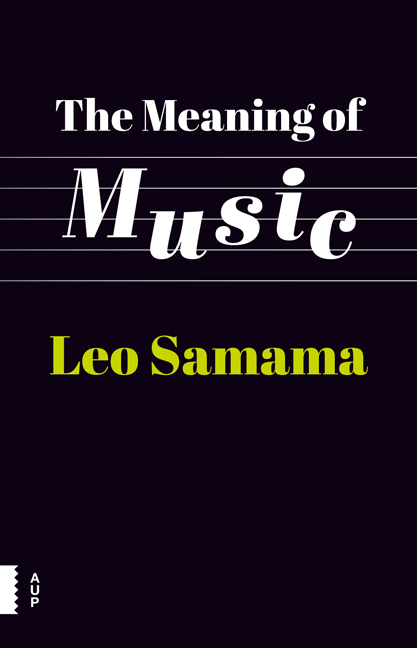2 - Looking Over Franz Schubert’s Shoulder
Published online by Cambridge University Press: 24 December 2020
Summary
There is a painting of Franz Schubert at work. He sits in his dressing gown, a quill in his right hand. His head rests against his left hand, and there is a pair of slippers on his feet. A lamp shines onto the tabletop, and the shadow cast onto the wall next to him seems like an apparition. Schubert is composing, and there begins the mystery. Composing: how is it done? Cesare Bacchi painted his canvas a hundred years after the composer's death.
Then, and now, but also in Schubert's own time, the composer’s craft was surrounded by riddles: more so than that of the painter, the sculptor, the writer or the choreographer.
Even though Schubert's friends described his work routine in plain language, the questions remained as to exactly how he arrived at those notes, those melodies and harmonies. Did he hear the whole orchestra or the singers singing in his head, or could he feel the piano under his fingers even though there was no piano to be found in his room, at most a guitar? ‘Schubert sat at his work desk at six o’clock every morning,’ wrote Anselm Huttenbrenner, ‘and composed until one o’clock in the afternoon. During this period a number of pipes were smoked. In the afternoon he went to the coffee house to drink, to smoke, and to read the newspapers for a few hours.’
Schubert didn't use an instrument to compose. Now and again he would check something on a piano elsewhere, and sometimes he might try a few chords on his guitar. He chose to work in absolute silence, as the sound of an instrument would only disturb his thoughts. He would occasionally play his tabletop like a dummy keyboard, just to feel a passage in his fingers, but even if there was noise from outside he would continue undisturbed. The clattering sounds of the street, people talking or children playing, even cold and damp conditions or bad light: nothing could distract him or prevent him from working.
- Type
- Chapter
- Information
- Meaning of Music , pp. 17 - 26Publisher: Amsterdam University PressPrint publication year: 2016



